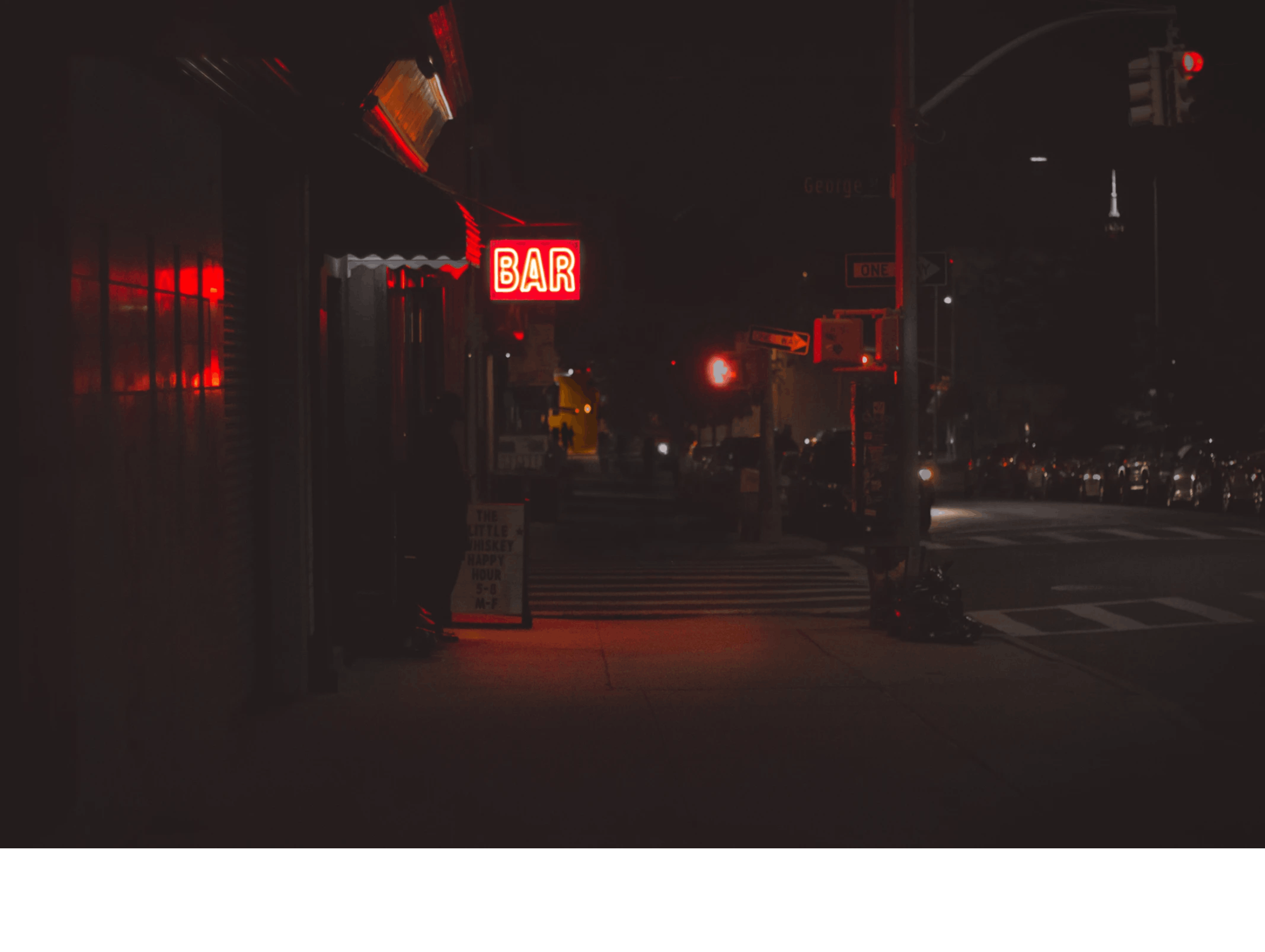
Life After Rehab: My Path to Maintaining Sobriety
The day I was discharged from rehab for my alcoholism, my drug and alcohol counselor, Bill, predicted my long-term recovery had a 10% chance of success. The discharge summary he wrote listed my outlook as “poor.” I was horrified, nervous, and angry. As I left, I resented Bill and hated his prognosis.
Two days later, intent on staying sober, I dumped every bottle of gin, vodka, and beer down the sink. I turned my head away as far as I could to avoid smelling any of it, knowing just one trace might be temping enough to throw my newly earned sobriety away. I was twelve years old when I started using alcohol to drown out my demons and anxiety; now, three decades later, I was attempting sobriety for the very first time.
I chose to enter rehab after reaching the lowest point in my life: In early 2002, I woke up not knowing where I was (a common theme throughout my addiction), realized I was incontinent sometime during the night, and couldn’t remember anything about the night before. My memory loss, the multiple blackouts I’d experienced over the years, and my bodily deterioration—it suddenly became blaringly obvious to me that I’d soon drink myself to death if I didn’t alter my path.
Yet, two months after completing rehab, I foolishly returned to one of my favorite bars, telling myself I had to face my demons head on in order to expunge them finally. It was my way of returning to the scene of the crime for one last time, not to drink, but to seek closure. As I sat at the bar thinking about all the years I’d spent here, a bottle of my favorite ice-cold beer slid in front of me. The regular bartender, easily recognizing me, knew exactly what I liked to drink. As I stared down at the bottle, time seemed to stand still. Every detail of that beer—every jagged edge of the frosted ice on its sides, every melting drip that slid down it, and the light mist seeping out the top—is seared into my memory. It was tantalizing.
Without thought, my hands immediately reached for the bottle; this was surely going to be the most delicious drink I would ever have. As my fingers wrapped around it, I suddenly stopped. Bill’s voice echoed in my head: “Ten percent. Poor outlook. You’re not going to make it.” With as much strength as I could mentally muster, I pushed the bottle away and walked out of my favorite bar, still sober.
For me, achieving and maintaining sobriety hasn’t always been easy; even after eighteen years of sobriety, I still get cravings to drink and feel the temptation almost daily. But staying sober has been simple: I consciously decide never to give in to these cravings or temptations, not today. I choose where I do or don’t go in order to avoid further temptations. If I can’t avoid a place with alcohol, like the grocery store, I quickly walk past the aisle before I can glimpse something I’d want. And whenever cravings seem too strong, I immediately return to Alcoholics Anonymous meetings. These daily, and even minute-by-minute, decisions, have led to me choose to be sober thousands of times—because it’s a constant decision to remain sober.
Remembering my rock bottom moment has also anchored me in difficult times. I never again want to wake up in an unfamiliar place, not knowing how I got there. Never again do I want to be unable to remember the night or entire day before. Never again do I want to experience incontinence or feel my body deteriorate and lose function. I refuse to be a mess again. Keeping that awful day in mind has solidified my reason to choose sobriety over inebriation.
If you’re struggling with sobriety or have been too scared to even attempt it, know that long-term sobriety is possible. It’s not easy, but it is simple. Make intentional action plans, surround yourself with support and accountability, avoid tempting people and places, and choose resilience in every moment, over and over. Don’t wait to hit rock bottom like I did. If you already have, use it as motivation to never again get where you are now.


